Are These Three BIG and Common Golf Mistakes Stopping You From Taking Your Game to the Next Level?14/6/2014
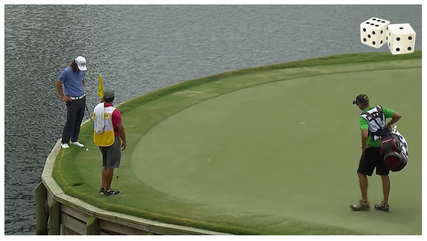 Just Because You Are Close to the Hole Doesn't Make it Easier... Just Because You Are Close to the Hole Doesn't Make it Easier... Golf is a difficult game. Why is golf a difficult game? Golf is a difficult game because we make lot's of mistakes and mistakes make it harder to produce better scores and generate continuous improvement. Why do we make mistakes? We make mistakes (more times than not) simply because we are human first and a golfer second, and mistakes are a normal and natural part of being human. Therefore the goal of all golfers should be to realize that because golf is primarily a game made up of mistakes that the real skill is to learn how to make fewer mistakes in every round you play. I'm sure that would seem logical to you? And it's also logical that the better the golfer the fewer mistakes they will make. How do you learn to make fewer mistakes in every round of golf you play? You begin by understanding that you can make just 3 basic types of mistakes in any round of golf and you should identify which type of mistake you make the most because this is likely the reason that you aren't at the next level with your game. So let’s take a look at them... 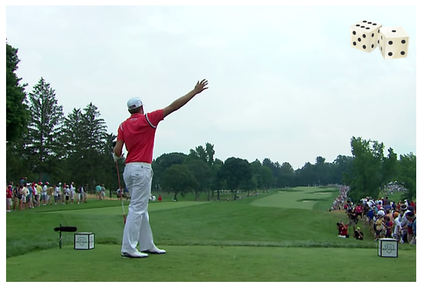 The Best in the Game Make Mistakes Too! The Best in the Game Make Mistakes Too! The First Type of Mistake The first type of mistake in golf (at all levels from novice to pro) is a technique mistake, where you make an error of execution - that is you have a technical malfunction in a particular stroke somewhere between the teeing ground and the green. You attempt to play a shot and your chosen stroke breaks down at some level and the resultant outcome is not what you planned. In our experience this will occur at least 75 percent of the time from a minor technical error to a major one. Golf is a highly technical game and the golf stroke is extraordinarily complex and influenced by many variables, and one of the fundamental elements associated with technical excellence is consistent timing of your stroke. When your golf stroke malfunctions your stroke's impact timing is negatively influenced and poor timing affects that way your stroke impacts the golf ball which directly affects your golf balls behavior. 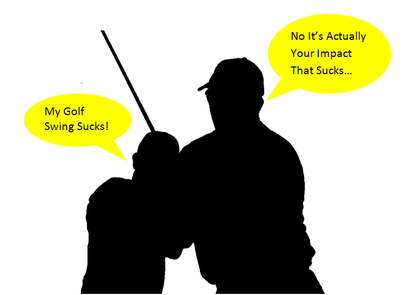 Impact is the BIG Deal Achieving a correct and consistent impact with the golf ball should be your most important priority because solidly hit golf shots that travel straight and the right distance with a high degree of consistency will bring you much joy, satisfaction and lead to better scores. Now your impact timing can be affected by inconsistent body motion (upper or lower or both), or inconsistent delivery of your golf club to the ball, or both. The thing to understand about your technical errors is that regardless of how good you can perform the different stroke lengths and types during your round you will make mistakes. The key to making progress with your golf is by making fewer technique errors and you can do this by first identifying the most common stroke type mistakes you make in your long strokes and your short strokes. Identify the stroke that consistently breaks down and learn how to become more competent at executing this stroke by doing the smart thing and take lessons from an experienced golf instructor. Expert golf instructors have incredible technology on hand today to help you to understand how you can achieve a better and more consistent impact with the golf ball. One thing to keep in mind when you go about improving your stroke is to understand that the changes you make to your stroke are less about how your stroke looks and much more about how it functions. This is important to remember. It's your impact with the golf ball and its resultant behavior that determines the quality of your technique, and the method you adopt should always have this right at the forefront of your mind. 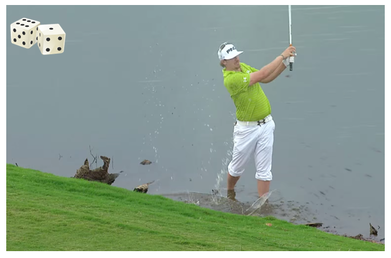 Can You Keep a Clear Head When You Make a Mistake? Can You Keep a Clear Head When You Make a Mistake? The Second Type of Mistake The second type of mistake you can make is a strategic error, or an error of judgement. Quite often you may be very competent at producing golf strokes with a minimal amount of error, but you get yourself into trouble because your plan for playing your shot is affected by either a poor strategic decision or choice of shot. One of the most common strategy errors in our experience is poor club selection.
The more it curves the more you need to manage the amount of curve relative to the width of the fairway. Also consider your next shot and where you would ideally like to play it from. The Google Earth Strategy If you are playing a golf course that you've never played before go to Google Earth and pull up the golf course you are going to play and using the simple measuring tools available on Google Earth you can work out the approximate width of the fairways and also how far the bunkers and hazards are from the tee. This will help you to build an effective plan for hitting tee-shots that reduces your mistakes and leads you to lower golf scores. If you have a tendency to hit your approach shots too short (a very common mistake) you need to change your club selection strategy by putting more club in your hands and not less. To do this you need to learn how far you can hit each club in your bag with a high degree of certainty. You should never force your irons or hybrid to go a particular distance, rather you should attempt to make every stroke with the same consistent stroke tempo with every club in your bag. Then learn how far each club goes based on this simple strategy. As the old saying in golf goes; “swing the golf club within yourself” which simply means to swing your golf clubs at a tempo where you can produce balanced golf swings more than ninety percent of the time and also produce consistent club-head speed. 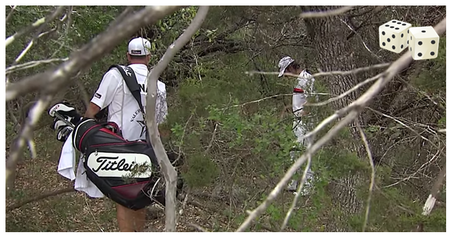 Sometimes You've Got to Get Out of Your Own Way...Leave the Ego at the Clubhouse Sometimes You've Got to Get Out of Your Own Way...Leave the Ego at the Clubhouse The Third Type of Mistake The third type of mistake you can make is making mistakes because of poor thinking which can and often leads to errors in either technique execution, hole and shot judgement or both. Poor mental thoughts plague every golfer from those starting out in golf to those at the very top of the professional game. Poor mental thinking describes your internal perceptions that you pay attention to as you play your golf shots and these perceptions influence your feelings, your emotions and your outcomes. Your perceptions are recognized in different ways from internal dialogue (self talk), to different forms of mental imagery (visualization), as well as bodily sensations (feels). Your perceptions can and do influence mistakes if you don’t have a useful internal strategy for managing them. The important thing to understand about your mental mistakes (just like technique mistakes and judgement mistakes) is that mental mistakes can be managed effectively by first of all teaching yourself to recognize the internal differences between when you play good golf shots and when don’t. 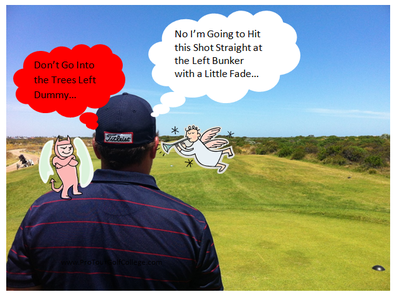 Start to notice what the difference is on the inside. How do you know when you hit good shots and how do you know when you don't? We have noticed that successful golfers have a useful internal strategy for getting to good golf shots, and they have developed a very specific internal strategy for managing their bad golf shots as well. Your internal sensitivities influence your game either positively or negatively and our best advice is to not be deceived into thinking that poor thoughts are a problem. We want you to think of them as a challenge, something that you can influence to help you to play better and more consistently. Some golfers make mistakes because they listen to negative dialogue -- they hear a voice that is suggesting that they avoid or fear something, and by listening to these suggestions they can and will make mistakes. You will notice that I said ‘suggestions’ because after all, that’s what they are. And keep in mind that the voice that you hear is not real, that's right, it's a figment of your imagination.
Your Golf Strokes (Good and Bad) Always Revolve Around 'Rub of the Green'Sometimes you can do everything right and get a wrong bounce that can look like a mistake has been made. You can learn how to reduce the amount of mistakes in your rounds, but you can’t control the luck of the bounce. You have to accept that this aspect of golf is always there and we would just remind you that every time you get a bad bounce or bad break that somewhere else you’ll get a good one.
Improve Your Game and Change Your Life
|
Archives
June 2019
|
Proudly Supported By
Copyright © 2011 - 2018 Pro Tour Golf College
Website Managed By Golf Performance Media
All Rights Reserved
Website Managed By Golf Performance Media
All Rights Reserved

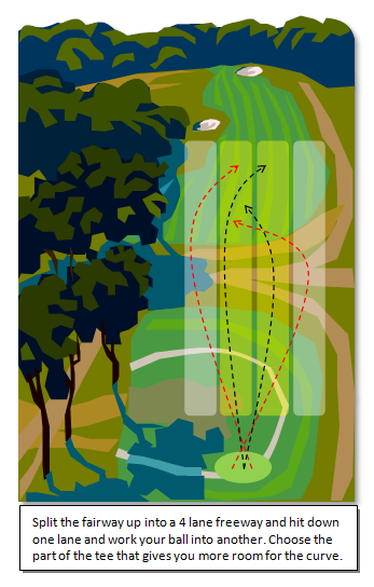

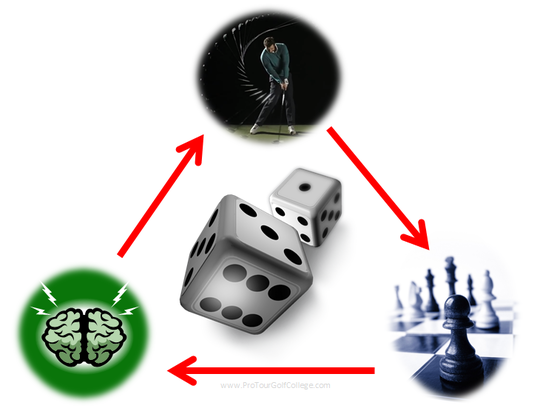


 RSS Feed
RSS Feed



